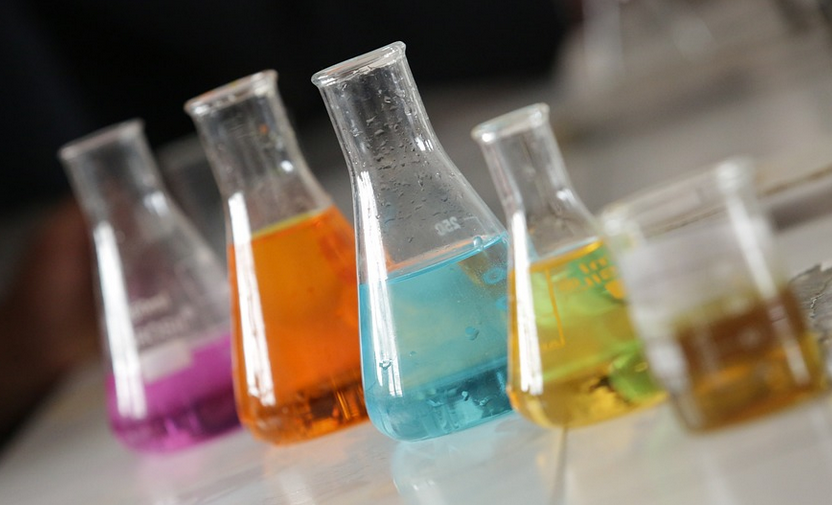Introduction
Sodium dodecyl sulfate (SDS), also known as sodium lauryl sulfate, is a commonly used anionic surfactant in various industries. Its chemical structure and properties make it a versatile compound, used in everything from personal care products to industrial cleaning agents. In this article, we will discuss the chemical structure of SDS, its properties, and its applications.
Chemical Structure of SDS
The chemical formula of SDS is C12H25NaO4S, which represents its molecular composition. The compound consists of a hydrophobic tail and a hydrophilic head. The hydrophobic tail comprises a twelve-carbon alkyl chain, which is responsible for its surfactant properties. The hydrophilic head consists of a sulfate group and a sodium ion, which make SDS soluble in water.
Properties of SDS
SDS is a highly effective surfactant due to its amphiphilic nature. Its hydrophobic tail can interact with nonpolar substances, such as oils and fats, while the hydrophilic head can interact with water. This property makes SDS an excellent emulsifier and foaming agent. SDS is also a potent detergent, capable of breaking down and solubilizing proteins, lipids, and other organic compounds.
SDS has a high melting point of 204°C and a boiling point of 370°C. It is highly soluble in water, ethanol, and other polar solvents. SDS is also highly reactive and can form complexes with other molecules, such as proteins and DNA.
Applications of SDS
SDS is used in various industries, including personal care, pharmaceuticals, and food processing. In personal care products, SDS is used as a foaming agent and emulsifier in shampoos, body washes, and toothpaste. In pharmaceuticals, SDS is used as a solubilizing agent for poorly soluble drugs. In food processing, SDS is used as a cleaning agent for equipment and as a surfactant in food products.
SDS is also used in research laboratories for protein and DNA analysis. It is used in electrophoresis to separate proteins based on their size and charge. SDS is also used in protein denaturation and solubilization.
Safety Concerns
SDS is generally considered safe for use in personal care and food products. However, prolonged exposure to high concentrations of SDS can cause skin irritation and dryness. It can also cause eye irritation and respiratory problems if inhaled. SDS is also toxic to aquatic organisms and should be disposed of properly.
Conclusion
Sodium dodecyl sulfate is a versatile and essential compound in various industries. Its chemical structure and properties make it an effective surfactant, emulsifier, and detergent. SDS is used in personal care products, pharmaceuticals, food processing, and research laboratories. While generally safe, precautions should be taken to avoid prolonged exposure to high concentrations of SDS.

